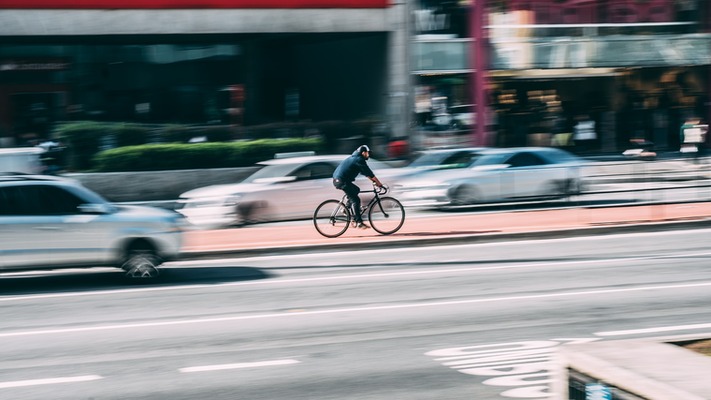
Accidents between motorists and cyclists can be frightening, confusing, and often catastrophic. Motorists are typically familiar with what to do after an accident involving two motor vehicles, but the circumstances of a bike accident, as well as the injuries sustained, can be quite different when a bicyclist is involved. Whether you are commuting or riding for recreation, you should be aware of the dangerous intersections in San Francisco and keep your eyes and ears open while riding.
If you are a cyclist and have been injured in a collision with a motorist in San Francisco, there are several steps you must take to ensure your personal health and legal rights.
Additionally, there is no need to rush to get back on your bicycle. While you may be anxious to get back into your favorite activity, it is important to let any injuries you have heal completely. Make sure that you follow any protocol prescribed by a medical professional before resuming cycling activities. This will all be important to any claim for damages you may file in the future as well.
The damage to your bike should also be assessed. Take your bicycle to a professional shop so that the damages can be estimated and documented. Do not ride your bicycle again until it has been inspected for damage, as this can cause catastrophic harm to the bicycle frame, especially if it is made of carbon fiber. It is important to note that riding a bicycle that is damaged can also cause new or further frame failure, which in turn could cause you even more serious bodily harm. Hairline cracks invisible to the eye could compromise the structural integrity of your bicycle.
Take photos of the accident site, your injuries, the vehicle, the surrounding area, your visible injuries and your bicycle. Write up your own version of the events that occurred that day, details about the injuries you sustained, work you missed due to the collision, and any other important facts that may be relevant to the incident. Here's what the CHP says about collecting evidence after an accident.
Make sure that you keep all of your photos, as well as any statements or contact information from witnesses regarding the scene of the accident. Maintain well-kept records regarding medical bills, doctors' notes, conversations with witnesses, and the driver of the motor vehicle. Consider keeping a diary of your symptoms and how you physically feel over time, as your immediate symptoms may change, and your physical limitations may worsen over time. This documentation will be useful in the future if it is determined you have a legal claim.
A collision between a bicycle and a motorist can be devastating physically, emotionally, and financially. Do not speak with any insurance adjuster directly after an accident, as any information you provide can result in a denial or undervaluation of what you are owed. Instead, you should contact an attorney as soon as possible after the accident. An experienced and knowledgeable bike accident attorney in San Francisco can assess your case and determine what legal recourse you may have regarding your bicycle accident.
If you or a loved one have been injured in a bicycle collision due to the negligence of another person, contact our compassionate legal team at Callaway & Wolf at (415) 541-0300. We are completely dedicated to providing strong, relentless advocacy in order to help you recover the compensation you are entitled to.
Personal Injury Attorneys Serving San FranciscoCallaway & Wolf is a San Francisco personal injury law firm representing clients throughout the Bay Area and Northern California. Our reputation as plaintiff’s personal injury attorneys precedes us. Insurance companies in particular know that we are great lawyers who work hard for our clients, skillfully negotiating settlements when possible, but willing to take matters to trial to ensure our clients receive a fair outcome. Judges know that we only take cases with clients who have real, significant injuries. Therefore, when possible, defendants represented by insurance defense attorneys are willing to settle cases with us.Handling Car... View full business profile here: Callaway & Wolf
